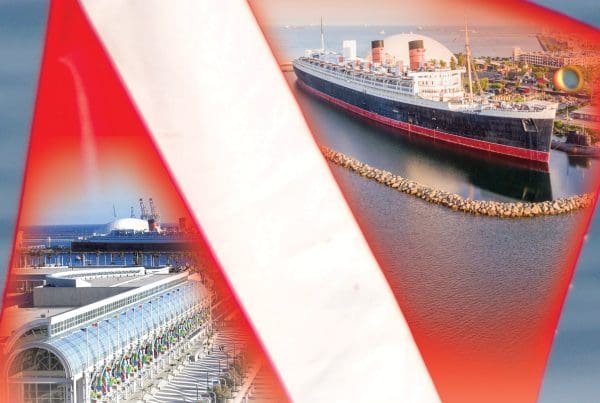Secretary for Resources Mike Chrisman has announced the order of three remaining study regions to implement California’s Marine Life Protection Act (MLPA) by 2011. Data collection will begin in the MLPA South Coast Study Region, (Point Conception south to the border with Mexico), in early 2008, followed by the MLPA North Coast Study Region (Alder Creek north to the border with Oregon), and then the MLPA San Francisco Bay Study Region (from the Golden Gate Bridge northeast to the Carquinez Bridge). A specific timetable for the remaining regions has yet to be established.
The MLPA North Central Coast Study Region, the second region identified for implementation of the act, is currently undergoing a process for evaluating marine protected areas (MPAs).
In 2004, Gov. Schwarzenegger directed the Resources Agency to launch an effort to implement the Marine Life Protection Act as part the administration’s ocean and coastal protection policy. In March 2006, a blue ribbon task force delivered recommendations on the first study region (from Pigeon Point to Point Conception, called the MLPA Central Coast Study Region) to the California Department of Fish and Game (DFG) and the California Fish and Game Commission. In April 2007, following extensive public input and scientific analysis, the Fish and Game Commission identified 29 marine protected areas within the Central Coast Study Region. Those regulations went into effect in September 2007.
Building on a model that has been demonstrated successfully to complete one region and is being used in the process on another, a blue ribbon task force will be appointed by Secretary Chrisman in early 2008 for the South Coast Study Region. The task force and DFG will appoint another regional stakeholder group to ensure local interests and knowledge play a role in developing MPA proposals for the region. DFG will also name a science advisory team to make use of the best readily available science.
The MLPA directs the state to reexamine and redesign California’s system of MPAs through a comprehensive program and master plan. Its primary goals are to protect marine life and habitats, marine ecosystems and marine natural heritage, as well as improve recreational, educational and study opportunities provided by marine ecosystems. MPAs include state marine conservation areas, state marine parks, and state marine reserves.
For more information on the MLPA visit www.dfg.ca.gov/mlpa.










